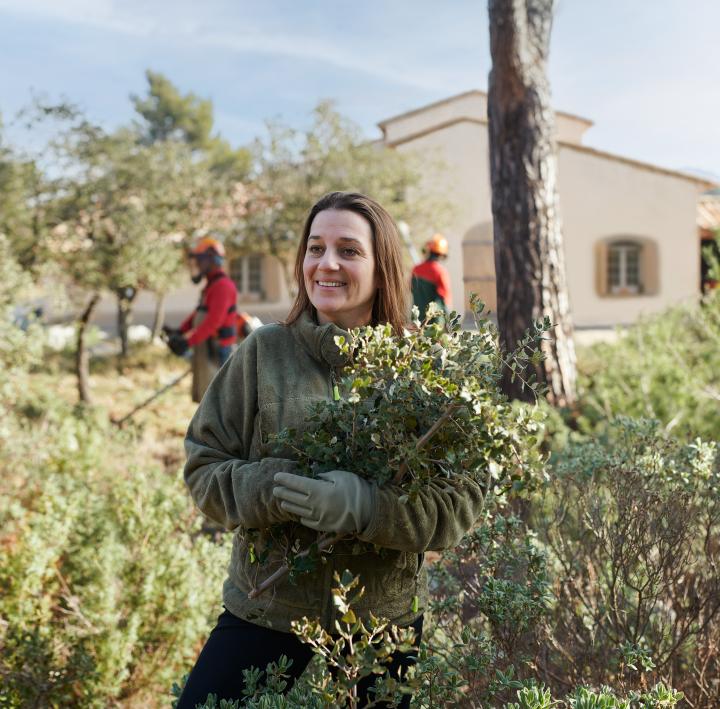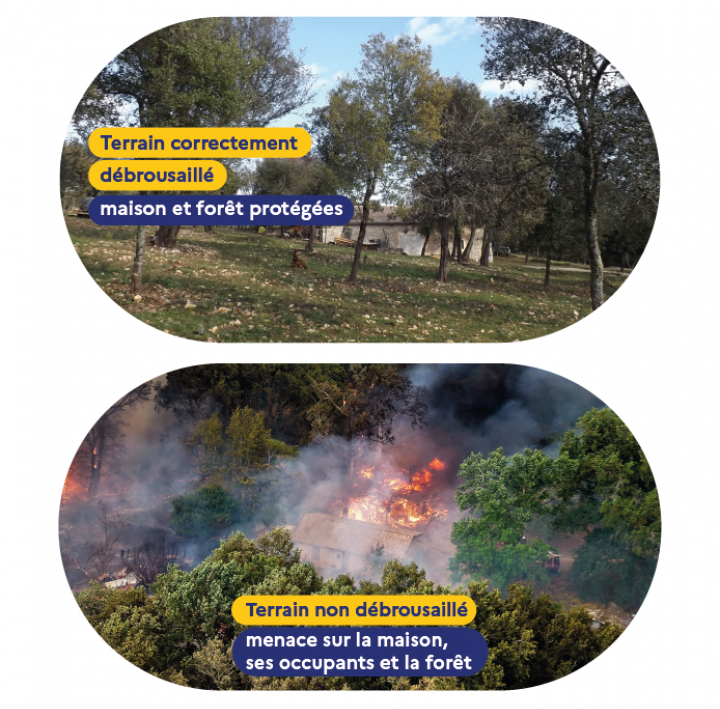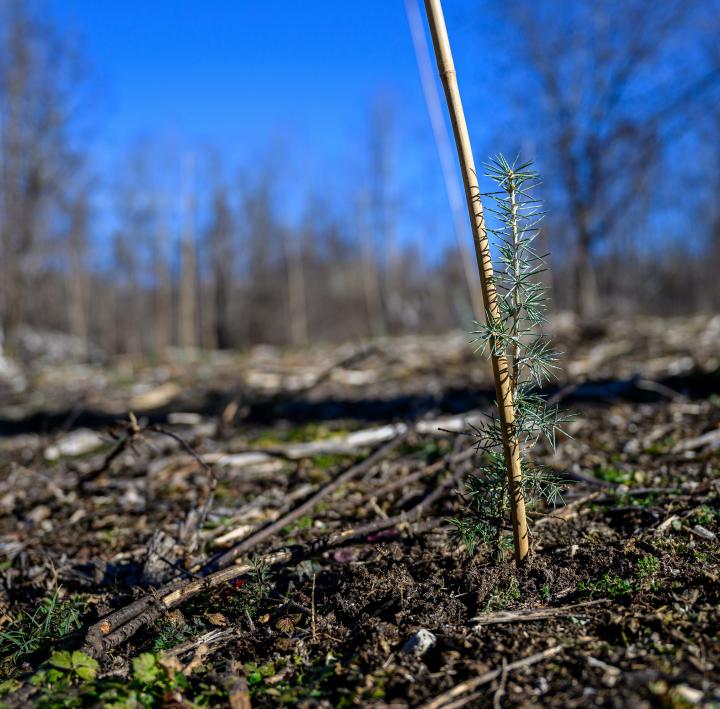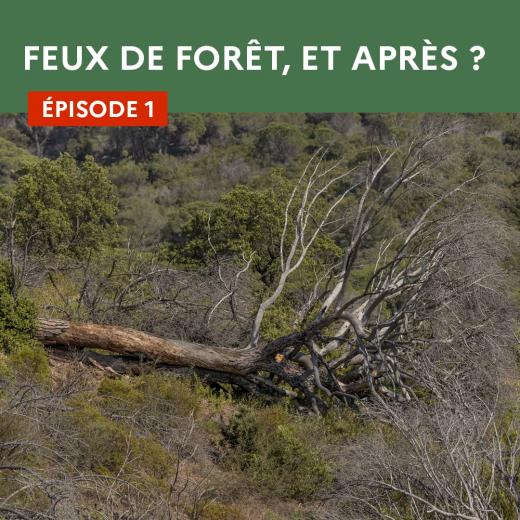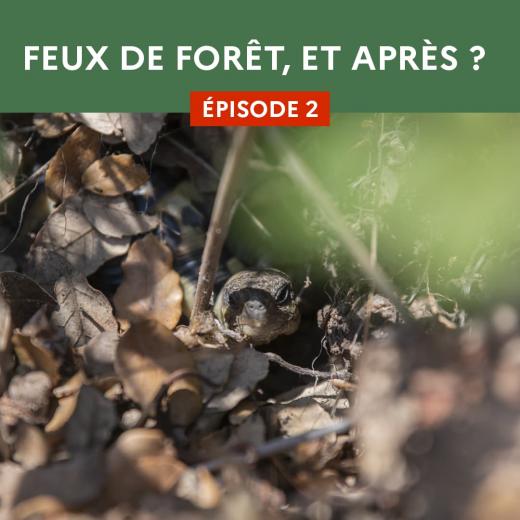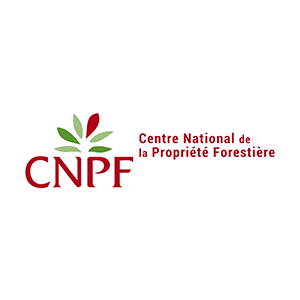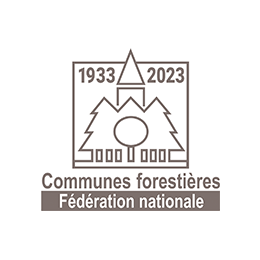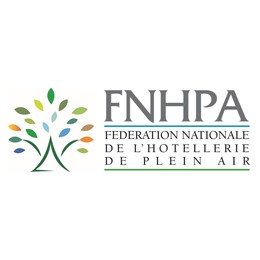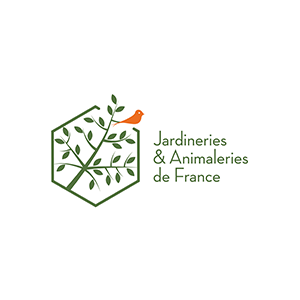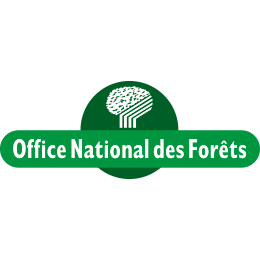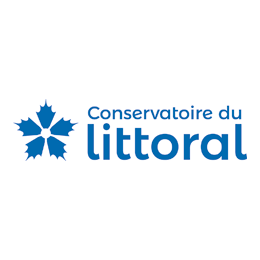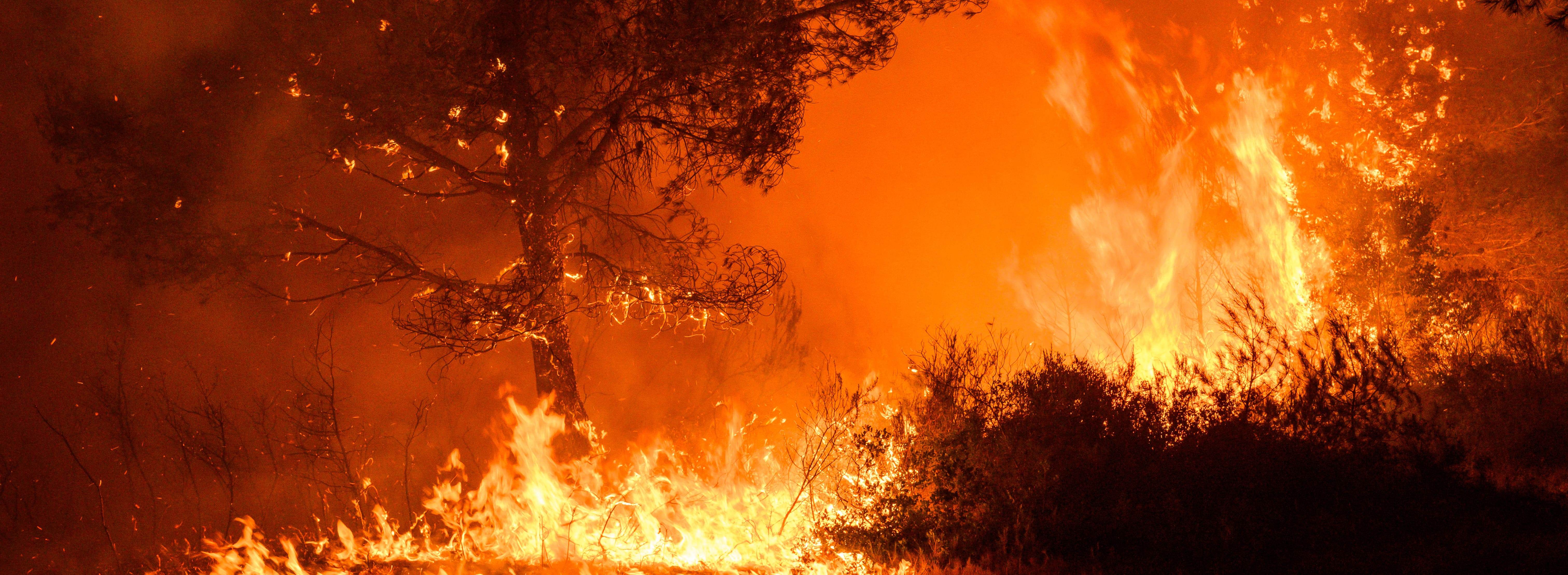
Forest fires and wildfires
Let’s behave responsibly
Remember to clear vegetation, before and after the summer!
Le feu est alors difficile à contrôler, car il se propage rapidement dans le feuillage des arbres et d'un arbre à l'autre, notamment lorsque les branches se touchent. La masse combustible étant très importante, le front de flammes généré est très puissant, difficilement maîtrisable et peut occasionner des dégâts importants.
Une simple étincelle peut dégénérer en un incendie nécessitant d’importants moyens de secours en moins d’un quart d’heure, surtout quand les conditions sont favorables (sécheresse, température élevée, vent...).
C’est pourquoi il est primordial de débroussailler son terrain. L'automne et l'hiver sont les meilleures périodes pour effectuer les travaux les plus lourds.
Does this obligation apply to me?
Click on the image below to find out if your address is concerned by the legal obligation to clear vegetation (purple zones).
It is mandatory to clear vegetation in risk areas designated by law or by the department prefect. Within these departments, the legal obligation to clear vegetation applies to homeowners and the proprietors of any type of building or installation located in or within 200 metres of a forest, heath, or scrubland area. If this is the case, vegetation must be cleared from land within 50 metres of such installations. This obligation also applies to any urban areas identified in a local urbanisation plan and located in the aforementioned zones.
Is it recommended to clear vegetation even if the obligation doesn’t concern me?
If your plot of land is not affected by the vegetation clearing rules, you are under no obligation to do so. However, it is highly recommended if you live near woodland.
As mayor, I’d like to know more about vegetation clearing obligations
Consultez la foire aux questions
How to avoid starting a fire?
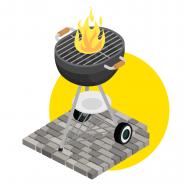
Fires caused by barbecues
Organise your barbecues at home, on a patio and well away from vegetation, which may catch alight.

Cigarette butts
Use an ash tray to dispose of cigarette ends. Do not smoke in the forest.

Sparks from work tools
DIY work should be carried out away from lawns and dry grass, and you should have a fire extinguisher at hand, just in case.
What to do in the event of a fire starting?

Raise the alert
If you notice a fire starting, raise the alert by dialling 112, 18 or 114 (for the hard of hearing), and try to locate the fire with precision.

Protecting yourself
Take shelter in a cleared property while waiting for the emergency services to intervene. The car is not a safe place as it could burn.

Stay informed
Keep up-to-date with the situation and observe any instructions given by the emergency services or the local council.
How to protect your home in the event of fire?
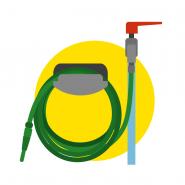
Hosepipe
Take your garden hose indoors before the fire reaches you. You may need it to extinguish the embers once the fire has passed.

Ventilation
Block air vents and cover the gaps under doors to prevent toxic smoke and sparks from entering your home.

Damp cloth
Cover your nose and mouth with a damp cloth to protect yourself from the smoke.
How to protect your home in anticipation?
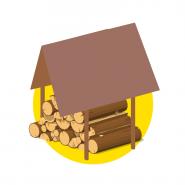
Fuel
Any inflammable substances or materials (wood, gas cylinders) should be stored in a closed shelter at a distance from your home.

Ground clearing
Before the summer, clear the area around your home, cutting vegetation short and trimming trees so that they don’t touch one another. The aim is to prevent the fire from reaching your house. These measures are mandatory in identified fire-risk areas.

Construction
If you live in an area covered by a forest fire risk prevention plan, equip your house with appropriate safety features (shutters, gutters, roofing, ventilation, etc.).
The consequences of fire
The effects of climate change
Already visible consequences
The effects of climate change, including dryer, hotter summers, are already being felt across the world. The past seven years have been the hottest ever recorded according to the most recent report from Copernicus, the European Union’s Earth observation service. According to Météo-France, 2022 was the hottest year on record for mainland France. Heat and drought make vegetation more vulnerable and the slightest spark can therefore have disastrous consequences.
Much of the country affected
Historically speaking, the southern half of the country is the region most impacted by vegetation fires. The Mediterranean area is one of the 35 biodiversity trouble hotspots, i.e. a region with a huge wealth of biodiversity but one that is particularly vulnerable due to human activity. But climate change is now putting other regions at risk as well, such as northwestern France (Loire, Centre-Val de Loire and Brittany). In 2022, the Mediterranean region had less surface area destroyed by fire than the South West of France. Fires are increasing in both frequency and intensity in regions that have been largely spared in the past.
An extended risk period
The risk of forest and vegetation fires is no longer a summer affair. The risk period is now longer, beginning in the early days of spring and lingering into autumn, as a result of late heatwaves. There are even fires in winter, including in mountainous regions that are no longer protected by snow cover. In 2022 for example, the fires began very early following a dry winter.
And the rest of the world?
Fires are becoming more frequent and increasingly destructive. In the past few years, for example, vigorous forest fires were seen in the northern hemisphere (Canada, United States, Russia, etc.) including Europe (Spain & Portugal) as well as in Australia. According to the Copernicus Atmosphere Monitoring Service (CAMS), record levels of carbon dioxide (CO2) emissions were generated by these huge fires.
The 6th assessment report from the IPCC (Intergovernmental Panel on Climate Change), in particular its section relating to consequences, adaptation and vulnerability (February 2022), states that meteorological conditions are increasingly conducive to wildfire occurrence in many parts of the world.
Drought, an exacerbating factor
A prevention campaign
After the summer of 2022, which was marked by a number of intense forest fires, the President of France announced the strengthening of wildfire prevention measures. The new awareness campaign to inform the public about legal obligations to clear vegetation is one of those measures. The Ministry of Ecology Transition and Territorial Cohesion, the Ministry of the Interior and Overseas Regions and the Ministry of Agriculture and Food Sovereignty are therefore jointly launching a series of communications about fire prevention, in two parts:
- from March to May 2023, a campaign on the topic of legal vegetation-clearing obligations, to inform the people concerned by this prevention measure and compel them to comply, in the interests of their own safety and to preserve our forests;
- from May to August 2023, a sixth national campaign for the prevention of wildfires, in order to widely encourage responsible behaviour to avert such fires and protect against them.
The combination of clearing vegetation, preventing wildfires and spreading awareness is part of the wider goal, promoted by France Nation Verte, to preserve and enhance our ecosystems.
Communication kit: responsible behaviour, spreading the word
In order to disseminate to the widest possible audience fire prevention information and the behaviour to adopt to avoid starting a fire, a communication kit is at your disposal.
With the help of this kit, you can contribute to spreading the word about responsible behaviour.
Our partners
Ils sont engagés dans la campagne d'obligation légale de débroussaillement :
Association des maires de France et des présidents d’intercommunalité (AMF), Assurance prévention, Centre national de la proprieté forestière (CNPF), Fédération nationales des communes forestières, Fédération des magasins de bricolage et de l'aménagement de la maison (FMB), Fédération nationale des sapeurs pompier (FNSP), Fédération nationale de l'hôtellerie de plein air (FNHPA), Fédération des Syndicats de forestiers privés (Fransylva), Gîtes de France, Intercommunalité de France, Fédération des jardineries et animaleries de France, l'Institut national de recherche pour l'agriculture, l'alimentation et l'environnement (INRAE), Institut national de l'information géographique et forestière (IGN), Union nationale des entreprises du paysage (UNEP), Office nationale des forêts (ONF).
They contribute to the campaign to prevent wildfires:

